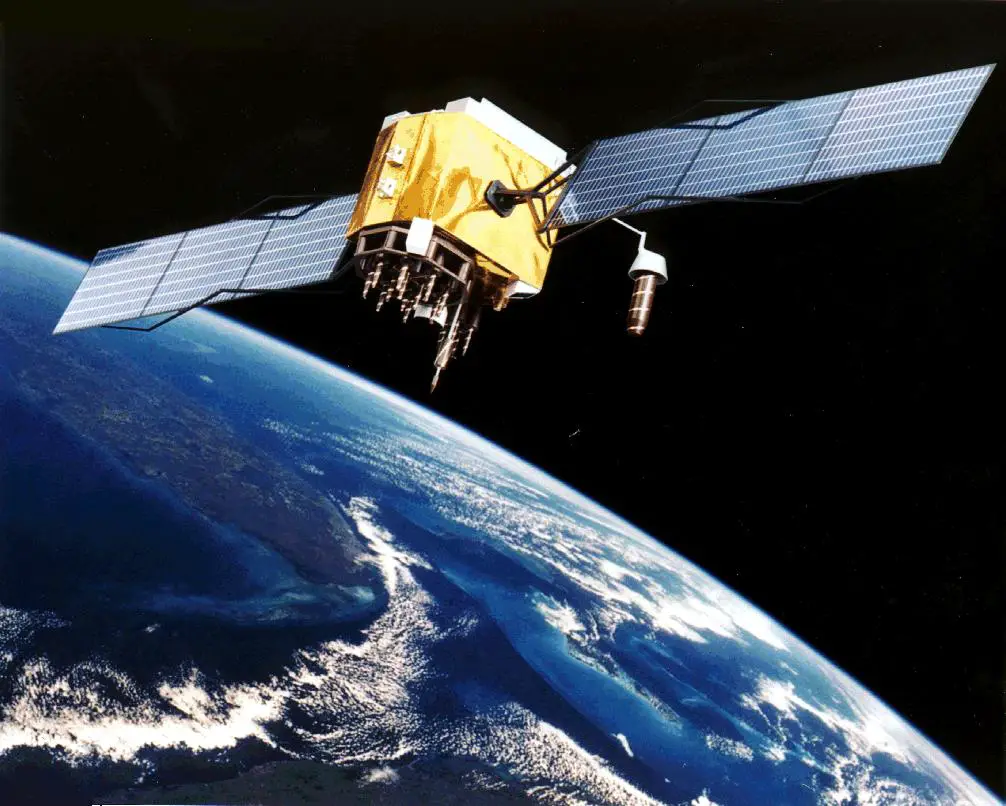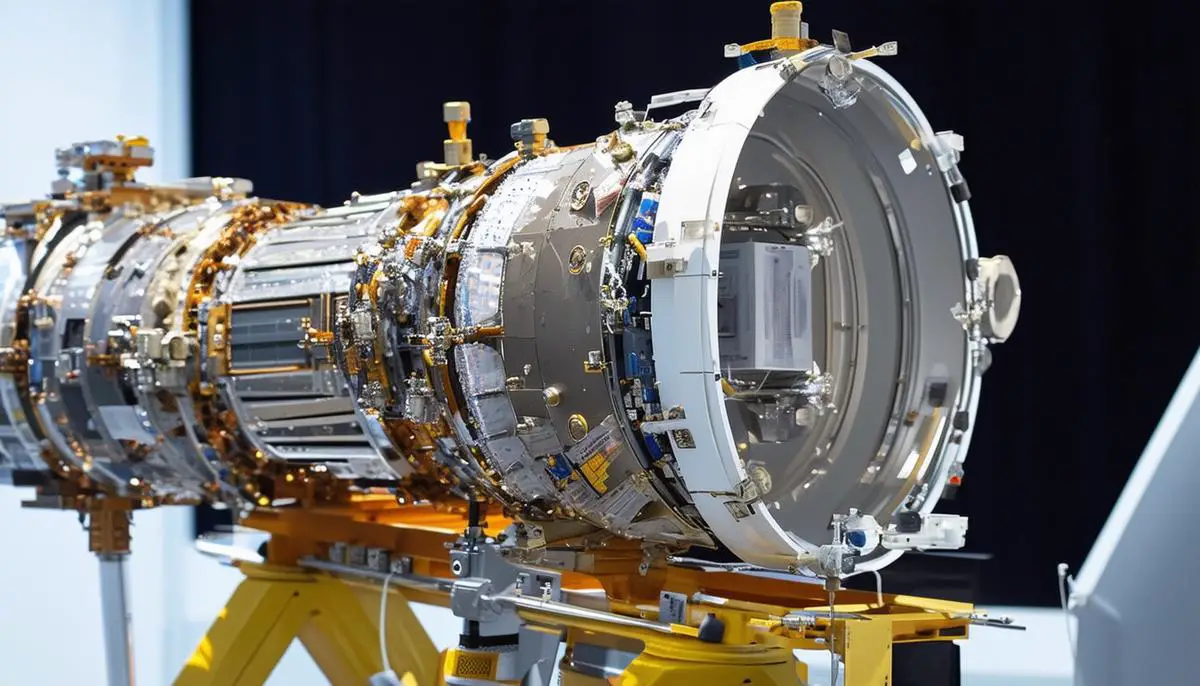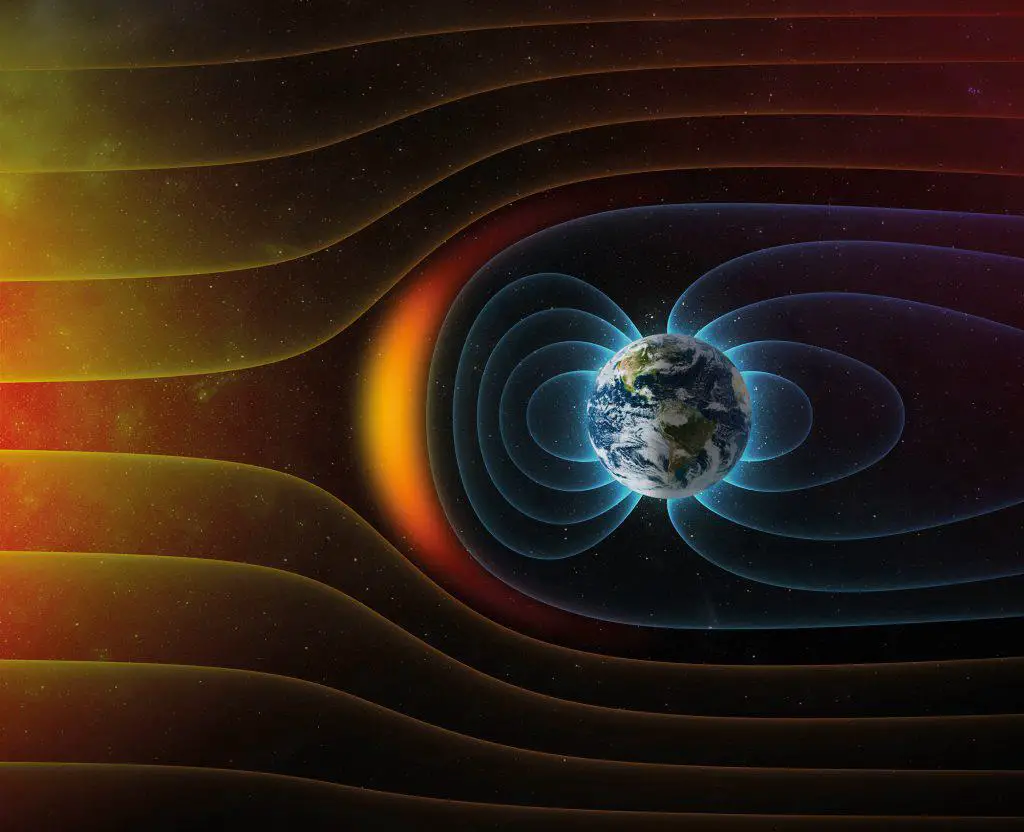Space Weather Monitoring Frameworks
The Space Weather Modeling Framework (SWMF) plays a pivotal role in comprehending solar and geospace phenomena. Its modular approach enables researchers to model intricate systems and interactions. At its core lies the BATS-R-US code, renowned for its high performance and versatility in handling a range of magnetohydrodynamic equations, crucial for replicating the interactions in the heliophysics domain.
SWMF splits into two fundamental configurations:
-
The Heliosphere Model explores regions like the Solar Corona and Inner Heliosphere, utilizing components such as AWSoM. This model captures the essence of where solar wind originates and how it travels from the Sun to various planetary orbits. It also integrates CMA (Coronal Mass Ejections) simulations, utilizing empirical models for accuracy.
-
The SWMF/Geospace Model simulates the tightly coupled magnetosphere-ionosphere system. The coupling involves the Global Magnetosphere model (based on BATS-R-US), the Inner Magnetosphere model (Rice Convection Model), and the Ionospheric Electrodynamics (Ridley Ionosphere Model). These models collaborate to predict phenomena like field-aligned currents and plasma velocity, vital in forecasting space weather.
Within the models, certain tools play critical roles. For instance, the Eruptive Event Generator (EE) creates initial conditions for CMEs, potentially initiating a sequence that researchers can analyze. Likewise, the M-FLAMPA module focuses on solar energetic particle acceleration, offering insights into how particles travel through the heliosphere. Other components like the Dynamic Global Core Plasma Model (DGCPM) and the Radiation Belt Environment Model (RBM) further enhance the simulations.
Utilizing these tools, SWMF has been adapted to study several planetary environments, covering Mercury to Uranus. This adaptability has proven invaluable in expanding our understanding of how different celestial bodies interact with solar winds.
GOES Satellites
The GOES-R series satellites have revolutionized our ability to monitor space weather, significantly enhancing our predictive capabilities. Integral to this series are instruments such as the Energetic Particle Sensor (EPS) and the High-Energy Proton and Alpha Detector (HEPAD). EPS uses solid-state detectors with pulse-height discrimination to measure various particle fluxes, while HEPAD employs a sophisticated three-part detection system to measure higher-energy proton and alpha particle fluxes. These measurements are crucial for understanding radiation hazards in space and the impacts of solar and galactic particles on Earth's magnetosphere.
The streamlined validation process for GOES-18, the third satellite in the GOES-R series, demonstrates the efficiency and expertise of researchers from CIRES and NOAA. Completing the validation in just 21 months, researchers significantly accelerated the timeline, ensuring GOES-18's data became operationally mature promptly. This rapid validation enhances our ability to forecast space weather more accurately and mitigate potential disruptions to communication and navigation systems.
GOES-18 operates as GOES-West, covering a vast region that includes the western contiguous United States, Alaska, Hawaii, Mexico, Central America, and the Pacific Ocean. This extensive coverage area allows it to work in tandem with GOES-16 (GOES-East), providing comprehensive monitoring and early warnings for almost half the globe.
The upcoming launch of GOES-U in April 2024 promises further enhancements, including a coronagraph designed to study the Sun's corona. This addition will provide new insights into solar phenomena like coronal mass ejections, key drivers of space weather, enabling improved forecasting and early warning systems.

Innovations in Space Weather Instrumentation
Innovations in space weather instrumentation have ushered in a new era in meteorological observations and forecasting. The Compact Ocean Wind Vector Radiometer (COWVR) and the Temporal Experiment for Storms and Tropical Systems (TEMPEST) are revolutionary instruments designed to enhance weather forecasting capabilities.
COWVR measures the direction and speed of winds at the ocean surface, providing essential information for understanding and predicting the development and behavior of storms such as hurricanes. TEMPEST, a microwave radiometer, complements COWVR by measuring atmospheric humidity at multiple levels, crucial for understanding storm genesis and evolution.
These innovations are not just theoretical advancements; they have practical and far-reaching impacts on weather forecasting and climate monitoring practices. By being smaller and requiring less power, COWVR and TEMPEST can be deployed more extensively, providing more frequent and diverse data for more accurate and timely predictions.
Deployed to the International Space Station (ISS), these instruments utilize existing space infrastructure for advanced research, allowing for the collection of dynamic and continuous data sets. Their success could pave the way for a fleet of smaller, more efficient satellites dedicated to specific observational tasks, revolutionizing our approach to weather forecasting.
JEDI Instrument on ESA's Vigil Mission
NASA's Joint EUV coronal Diagnostic Investigation (JEDI) instrument, scheduled for deployment aboard the European Space Agency's Vigil mission, aims to capture critical data that could revolutionize solar science. JEDI focuses on capturing images of the Sun in extreme ultraviolet light, a wavelength crucial for understanding solar phenomena like solar wind and solar eruptions, key drivers of space weather.
One of JEDI's standout features is its placement at the Sun-Earth Lagrange point 5 (L5), offering a unique vantage point for observing the Sun. This perspective will be invaluable for linking features observed on the Sun's surface with changes detected in the solar atmosphere.
The Vigil mission, including JEDI's contributions, aims to enhance our predictive capabilities concerning space weather. By understanding the mechanisms that instigate solar flares and coronal mass ejections (CMEs), the data gathered by JEDI will support the development of more accurate space weather forecasts, critical for mitigating the effects of space weather on both terrestrial and space-based technologies.
The addition of JEDI to the Vigil mission underscores the shared global interest in understanding space weather's intricacies. This collaborative effort ensures researchers worldwide will benefit from the instrument's findings, enabling a more comprehensive and cohesive approach to space weather forecasting.

- Tóth G, et al. Adaptive Numerical Algorithms in Space Weather Modeling. J Phys Conf Ser. 2012;385(1):012043.
- Meng X, et al. The GOES-R Energetic Particle Sensor Suite. Paper presented at: Space Weather Workshop; April 2020; Virtual.
- Moore JE, et al. Exploring Innovations in Weather Instrumentation. Eos. 2021;102.
- Vourlidas A, et al. The Joint EUV coronal Diagnostic Investigation (JEDI) for the European Space Agency's Vigil Mission. Paper presented at: Solar Physics and Space Weather Instrumentation VIII; December 2021; San Francisco, CA.
![]()
